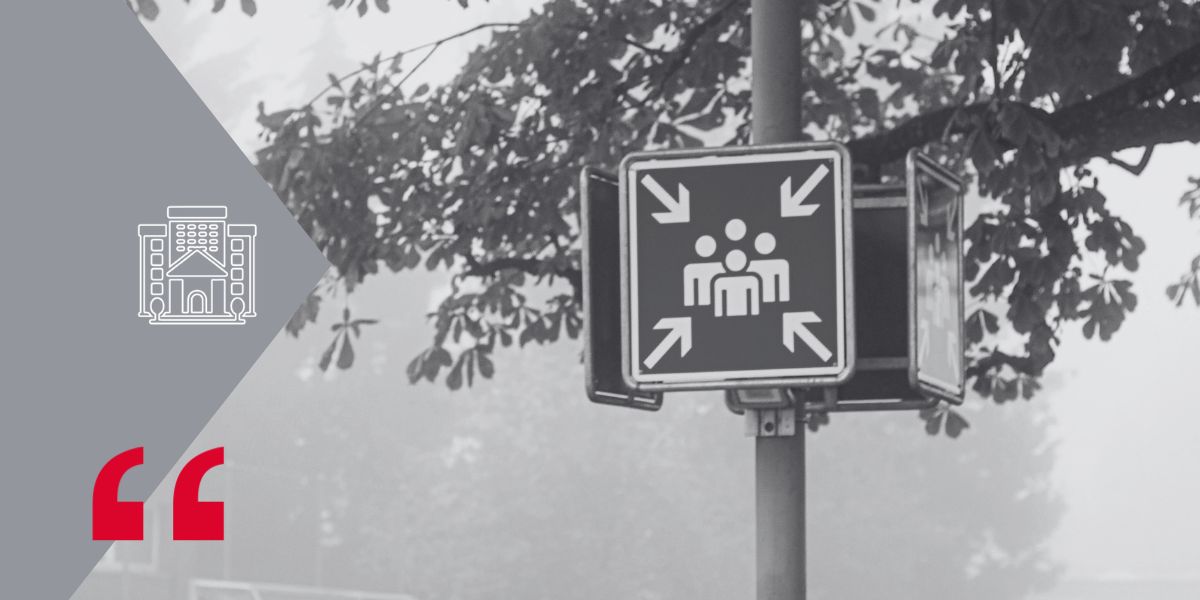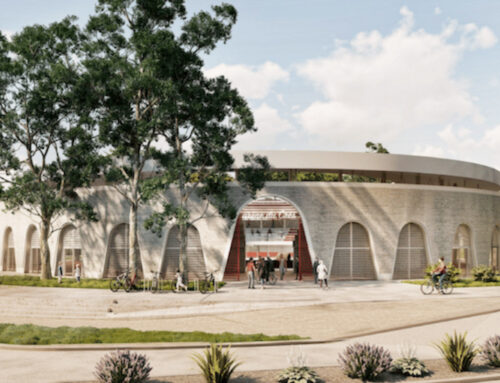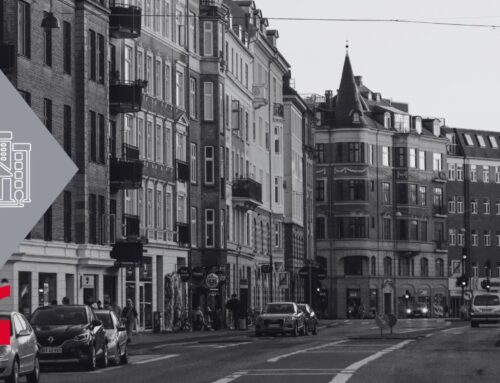The transformation of urban environments into smarter and safer models requires technologies that enable effective, real-time communication tailored to each situation. In this context, the integration of video surveillance systems and public address systems for cities stands out as a key solution to improve urban safety and the management of public services. Thanks to specialized companies like Fonestar, these solutions are now a viable and effective reality in many cities.
Benefits of integrating public address systems in cities
Combining public address systems for cities with video surveillance networks offers a range of strategic advantages for public administrations, security forces, and citizens.
1. Immediate emergency response
In critical situations such as fires, evacuations, extreme weather events, or security threats, public address systems for cities allow clear messages to be broadcast directly to specific areas of the city. When integrated with video surveillance, the system can identify the affected area and automate alert broadcasts, reducing response times and enhancing emergency teams’ reaction capabilities.
2. Precise and localized communication
Fonestar’s public address systems for cities allow urban spaces to be divided into broadcasting zones, making it possible to deliver targeted messages only to the areas that need them. This sound directionality is especially useful in densely populated cities, where incorrect or generalized communication can cause confusion or panic.
3. Enhanced preventive surveillance
Integration with video surveillance cameras enables operators to act proactively. In response to suspicious behavior, verbal deterrent warnings can be issued through public address systems for cities, often preventing the need for physical intervention. This active monitoring strengthens safety in streets, parks, transit stations, and commercial zones.
4. Efficient public space management
During large events, construction, detours, or temporary service disruptions, public address systems for cities integrated with sensors and cameras keep the public informed in real time. This enhances the citizen experience and reduces stress or disorder in public spaces.
5. Accessibility and inclusive communication
Public address systems for cities also play a crucial role in accessibility. Their implementation in institutional areas, pedestrian zones, or public transportation can include multilingual messages, acoustic alerts for the visually impaired, and other adaptations to ensure inclusivity for the entire population.
Fonestar’s technical public address solutions for urban environments
Fonestar develops professional public address solutions designed to integrate into modern urban infrastructure. Their systems stand out for:
- Centralized remote control: Through network management interfaces, authorities can control the system from a single point, broadcasting live or scheduled messages.
- Compatibility with IP systems: Fonestar equipment fully integrates with IP networks, making it easy to incorporate into existing video surveillance infrastructures.
- High intelligibility and audio quality: Their range of speakers and amplifiers is engineered to deliver powerful, clear sound, even in environments with high ambient noise.
- Durability and resistance: Devices such as column speakers or sound projectors by Fonestar are certified for outdoor installation, withstanding harsh weather conditions.
A success story in public address systems for cities
Conclusion: Public address systems for cities
The evolution toward smart and safe cities depends on the integration of technologies capable of communicating effectively, acting swiftly, and coordinating multiple services. The synergy between video surveillance and public address systems for cities, with solutions like those offered by Fonestar, provides municipalities with a powerful tool to protect citizens, manage critical situations, and enhance the quality of urban spaces.
Experiences in numerous city councils and many other municipal facilities show that this integration is not only possible, but highly recommended as part of the future of urban safety.





